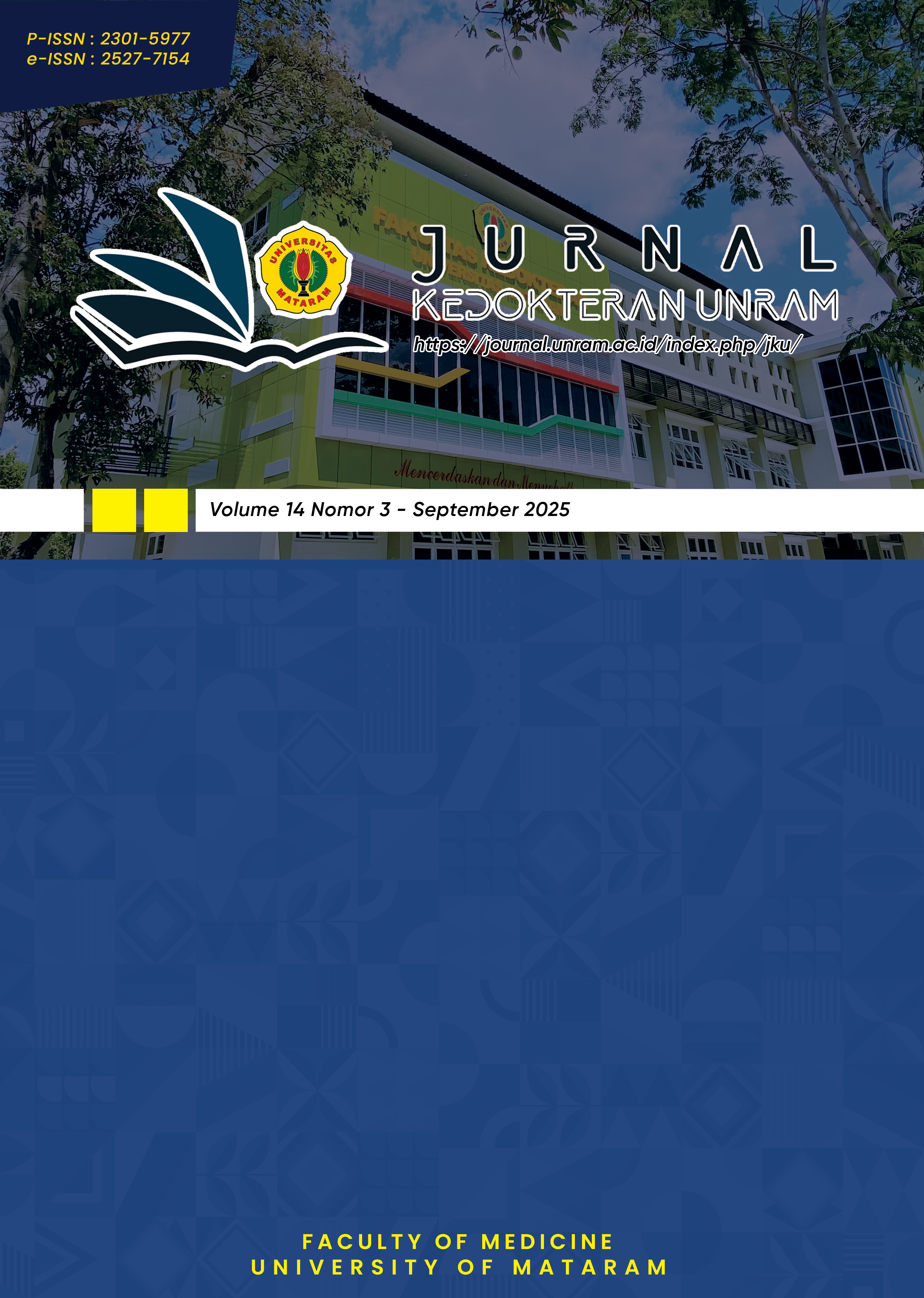Comprehensive Study of Internet Gaming Disorder in Children and Adolescents: A Literature Review
DOI:
https://doi.org/10.29303/jk.v14i3.7522Keywords:
Internet Gaming Disorder, Game Addiction, Game Online, Mental Disorder, AdolescentsAbstract
Abstract: Internet Gaming Disorder (IGD) is excessive use of the internet to play games so that it interferes daily life function. According to the Diagnostic and Statistical Manual of Mental Disorders (DSM-5), a diagnosis of IGD can be made if 5 or more of the following 9 symptomatic criteria are found: (1) preoccupation; (2) withdrawal symptoms; (3) tolerance; (4) control failure; (5) loss of interest in other activities; (6) playing games without considering the risks; (7) lying about the time spent playing; (8) using online games as an escape; and (9) daily functional impairment. Some risk factors for IGD include gender, community membership, playtime, and presence in offline community. IGD lead mental health problems such as anxiety disorders and depression. In addition, IGD also affect the behavior of children and adolescents, such as school refusal, aggressive behavior, and even suicide. IGD prevention and management requires a multidisciplinary approach. Collaboration of various parties is needed to handle IGD cases, including family, school, doctors, psychologists and therapists.
Downloads
Published
Issue
Section
License
Copyright (c) 2025 Titi Pambudi Karuniawaty, Hasna Tazkia Aghni, Panji Sena Ramadhan, Aisah Aliyyu

This work is licensed under a Creative Commons Attribution 4.0 International License.
Authors who publish with Unram Medical Journal, agree to the following terms:
- Authors retain copyright and grant the journal right of first publication with the work simultaneously licensed under a Creative Commons Attribution 4.0 International License (CC-BY License). This license allows authors to use all articles, data sets, graphics, and appendices in data mining applications, search engines, websites, blogs, and other platforms by providing an appropriate reference. The journal allows the author(s) to hold the copyright without restrictions and will retain publishing rights without restrictions.
- Authors are able to enter into separate, additional contractual arrangements for the non-exclusive distribution of the journal's published version of the work (e.g., post it to an institutional repository or publish it in a book), with an acknowledgment of its initial publication in University of Mataram's Journal of Medicine.
- Authors are permitted and encouraged to post their work online (e.g., in institutional repositories or on their website) prior to and during the submission process, as it can lead to productive exchanges, as well as earlier and greater citation of published work (See The Effect of Open Access).
- This journal is open access journal which means that all content is freely available without charge to users or / institution. Users are allowed to read, download, copy, distribute, print, search, or link to full text articles in this journal without asking prior permission from the publisher or author.







